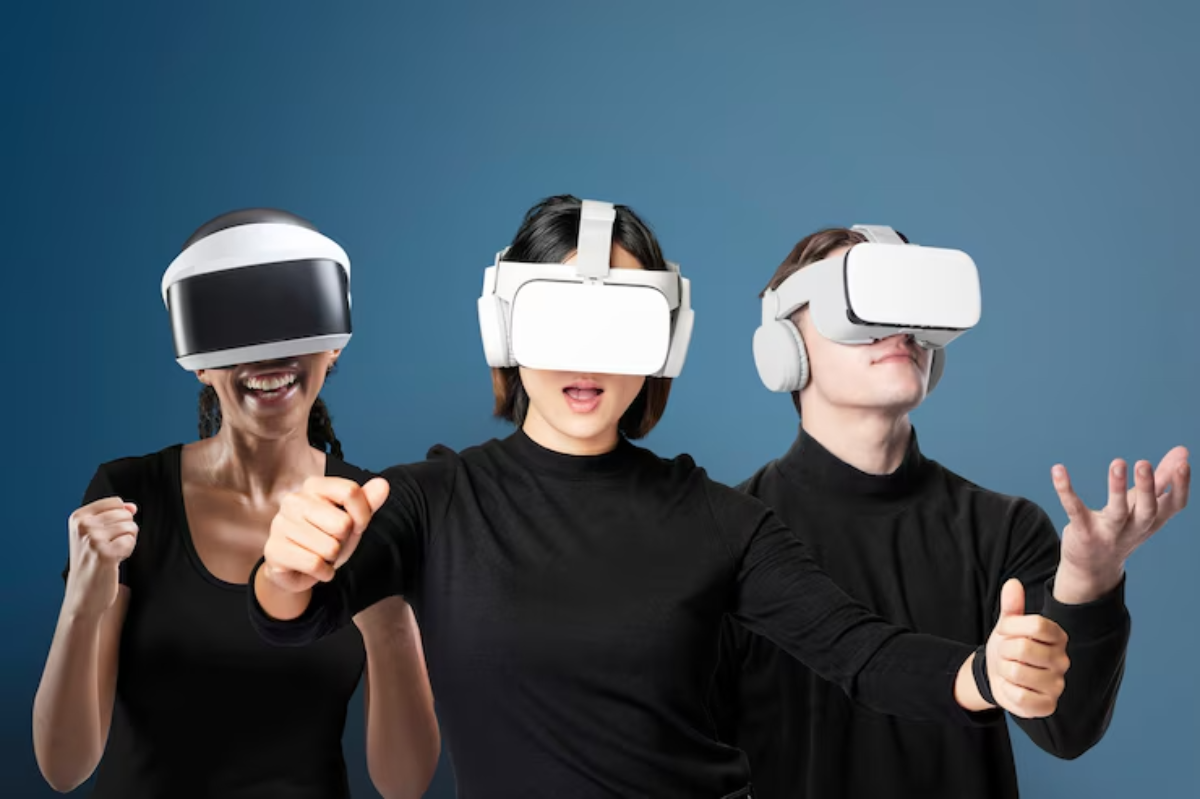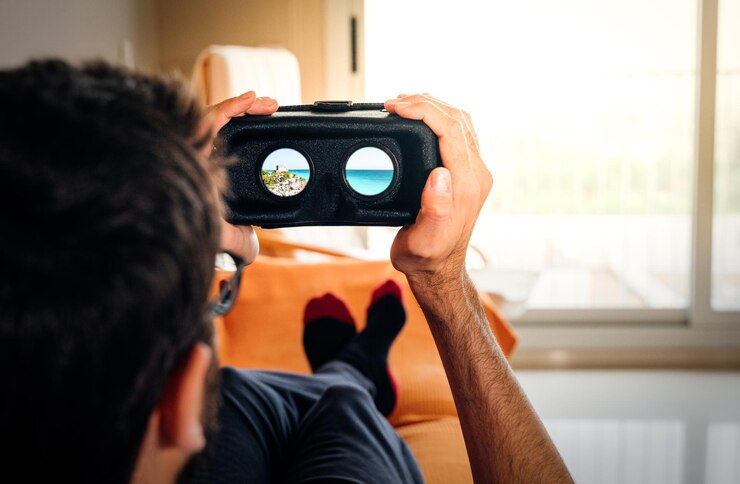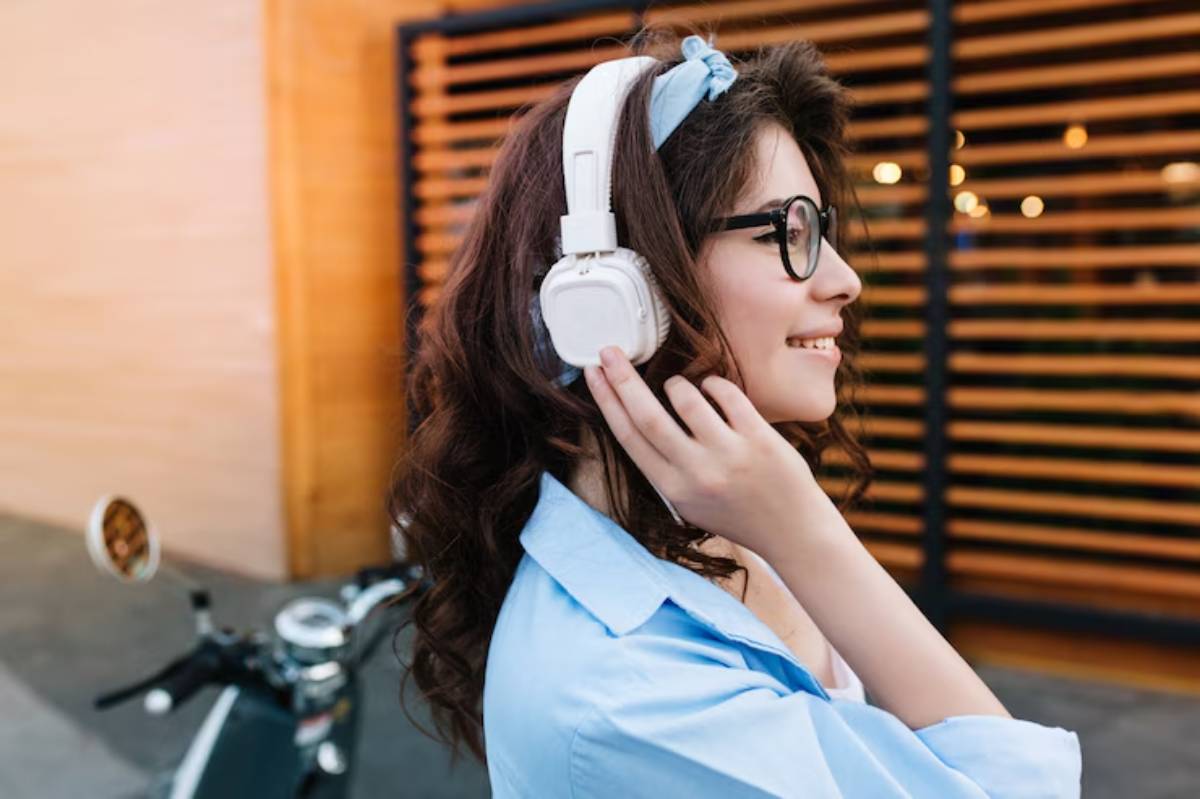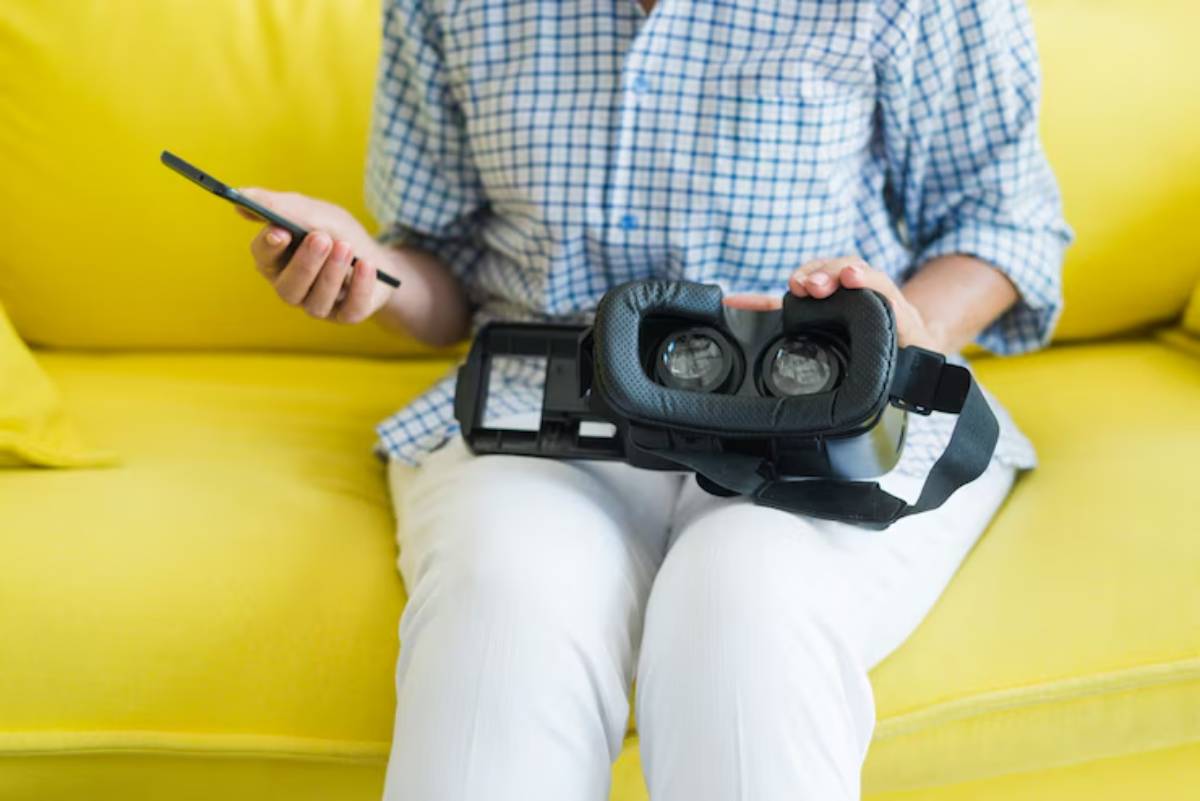
Understanding FOV in VR Headsets
Ever worn a VR headset and felt like you were peering through a tunnel rather than stepping into another world? That sensation often comes down to a field of view, or FOV for short. It’s one of the most critical, yet overlooked, aspects of what makes VR truly immersive.
While specs like resolution and refresh rate get a lot of attention, the field of view in VR headsets shapes how natural and expansive the virtual environment feels. Whether you’re deep in a sci-fi shooter or navigating a 3D design workspace, a wider FOV can mean the difference between feeling like a spectator and becoming part of the world.
In this guide, we’ll break down what FOV really is, how it varies between devices, and why it matters more than you might think. You’ll also find a helpful FOV comparison between headsets, practical buying tips, and insight into the future of wide-angle VR displays.
What Is Field of View (FOV) in VR?
Field of view (FOV) refers to how much of the virtual world you can see at any given moment — essentially, your peripheral vision inside the headset. It’s measured in degrees, just like in real-world optics.
In VR, FOV is typically split into:
- Horizontal FOV: Side-to-side range
- Vertical FOV: Top-to-bottom visibility
A wider FOV means more of the digital world is visible without turning your head — making interactions feel more realistic and less confined.
Real-World Analogy
Imagine watching a movie on a small TV versus a massive cinema screen. Both may show the same image, but the latter fills your view, pulling you into the experience. That’s what a wider FOV does in VR.
Why Does FOV Matter in VR?
1. Immersion
The wider the FOV, the more naturally your brain accepts the illusion of presence. Narrow fields of view can:
- Break immersion
- Make the environment feel distant
- Remind you that you’re still wearing a headset
Conversely, headsets with wide-angle displays let you forget the hardware and focus on the world itself.
2. Peripheral Awareness
In real life, your peripheral vision alerts you to movement — whether it’s a racing car approaching or a teammate in your periphery. In VR:
- Limited FOV reduces situational awareness
- Wide FOV enhances your ability to react quickly
This is particularly important in fast-paced genres like racing sims, first-person shooters, or VR fitness games.
3. Motion Sickness and Comfort
Believe it or not, a more natural FOV can reduce motion sickness. When your eyes perceive movement more like real life, it lowers the disconnect between what you see and how your body feels.
If you use VR for physical activity, understanding comfort and visual balance is key — see headset-ventilation-and-sweat-management for more comfort-related tips.
FOV Numbers: What’s Considered “Good” in VR?

While human peripheral vision spans about 220 degrees horizontally, most VR headsets deliver between 90–130 degrees. Let’s put this into perspective:
| FOV Range (Horizontal) | Experience Quality |
| Under 100° | Limited, “binocular” effect |
| 100°–110° | Average consumer VR |
| 110°–120° | Better immersion |
| 120°–130°+ | Wide-angle, high-end feel |
Keep in mind that marketing numbers may vary based on how manufacturers define and measure FOV (diagonal vs horizontal vs rendered FOV). It’s not always apples-to-apples.
FOV Comparison: Popular VR Headsets in 2025

Let’s take a look at how some well-known headsets compare in terms of FOV.
| Headset | Horizontal FOV | Display Type | Comment |
| Meta Quest 3 | ~110° | LCD | Balanced field with good clarity |
| PSVR2 | ~110° | OLED | High contrast, decent FOV |
| Valve Index | ~130° | LCD | One of the widest in mainstream VR |
| Pimax Crystal | ~125–140° | Mini LED | Ultra-wide FOV, but bulky design |
| Varjo Aero | ~115° | LCD | Pro-grade clarity and comfort |
| HTC Vive Pro 2 | ~120° | LCD | Solid mid-to-high range FOV |
As shown above, headsets like the Valve Index and Pimax Crystal offer wider FOVs, while others balance resolution, tracking, and ergonomics.
Does a Bigger FOV Always Mean Better?
Not necessarily. Here are a few trade-offs to consider.
1. Distortion at Edges
Some ultra-wide headsets may stretch or warp visuals at the edges of your vision. While it expands your view, it can feel less natural or lead to eye strain.
2. Rendering Load
More pixels across a wider field require more GPU power. That means:
- Lower frame rates on older PCs
- Potential for dropped frames or lag
- Need for a high-end GPU
3. Bulk and Comfort
Wide FOV often means larger lenses and bulkier designs, which may:
- Cause pressure on the cheeks or forehead
- Feel front-heavy
- Reduce portability or battery life
So while bigger sounds better, you’ll want to balance FOV with comfort, clarity, and performance.
How FOV Affects Different VR Use Cases
Let’s break down how important FOV is based on what you plan to do in VR.
Gaming and Simulation
- Wide FOV = better spatial awareness
- Ideal for racing sims, flight sims, and multiplayer shooters
Fitness and Movement
- A moderate FOV (110–120°) is enough
- Focus on frame rate and comfort instead
Virtual Travel or Exploration
- Wide FOV enhances scenery and realism
- Great for apps like Wander, Google Earth VR, or nature experiences
Productivity and Workspaces
- FOV is less critical than clarity and lens alignment
- Better to prioritise comfort for long sessions
For more on display clarity, explore our guide on VR resolution breakdown.
Adjusting FOV: Can You Customise It?

Most headsets have a fixed maximum FOV, but there are a few ways you can tweak the experience:
- Lens Distance / IPD Adjustments: Some headsets allow you to move the lenses closer together or further apart, which can slightly increase visible FOV.
- Facial Interface Thickness: Swapping for thinner face pads can bring your eyes closer to the lenses, expanding perceived FOV.
- Modded Software: Enthusiast tools (e.g., OpenVR Advanced Settings) may allow users to alter rendered FOV, though this can affect performance.
Remember, always prioritise clarity and comfort over pushing maximum numbers.
What to Look for When Buying a Wide-FOV Headset
If FOV is your top concern, here are a few tips:
- Don’t judge by numbers alone — try to test in-store or read detailed user reviews.
- Check for distortion reports — especially in ultra-wide models.
- Balance with refresh rate — wide FOV without smooth motion can be disorienting.
- Consider head shape — some users naturally get a wider field due to facial anatomy.
Tip: If you wear glasses, you may also experience a slightly narrower FOV unless using prescription inserts.
Conclusion: Field of View Is More Than Just a Number
Your field of view in VR doesn’t just affect what you see — it affects how you feel. From immersion and reaction time to comfort and spatial awareness, FOV shapes your connection to the virtual world.
While there’s no single “best” FOV for everyone, understanding how it works empowers you to choose a headset that suits your needs. If you’re a competitive gamer or sim racer, seek out the widest field possible. If you’re more focused on clarity, work, or comfort, a solid 110–115° FOV will serve you well.
Curious which headset nails the balance? Dive into our full VR headset comparison guide to find your perfect match.
And if you’ve got questions, personal experiences, or favourite setups, feel free to leave a comment or share this guide with your VR circle.


